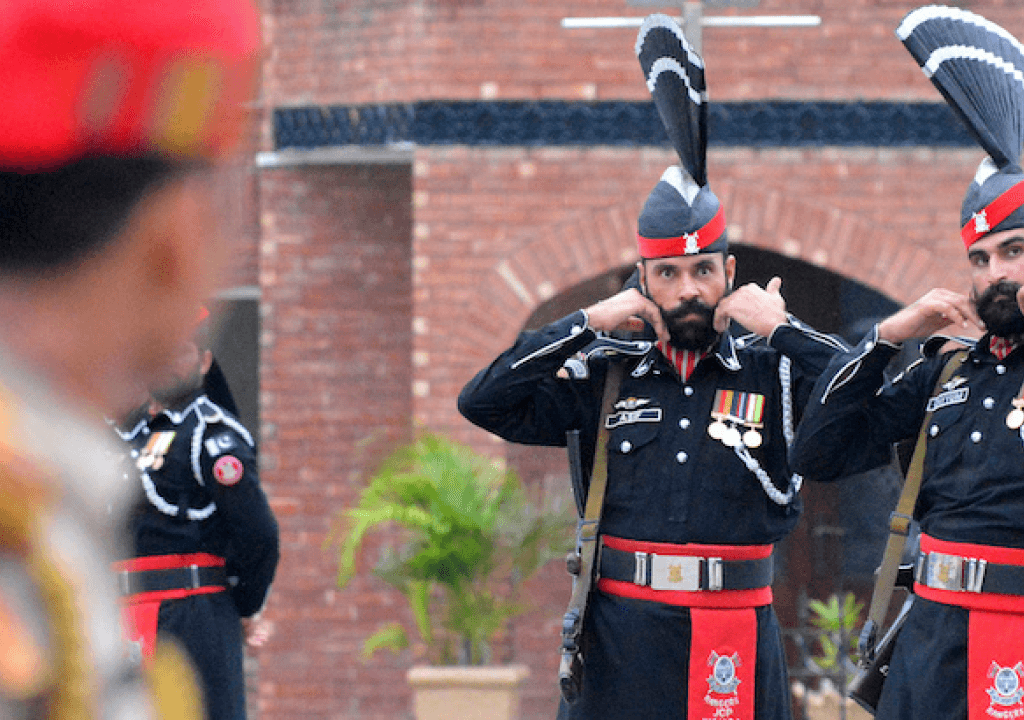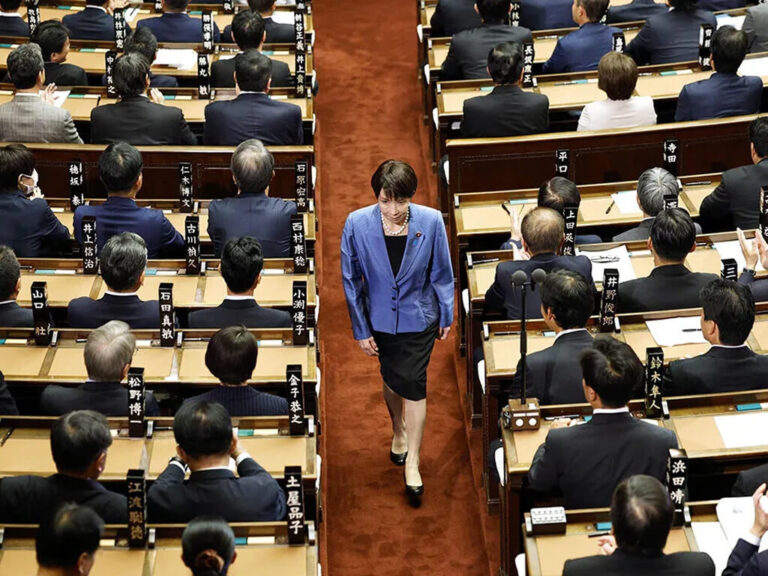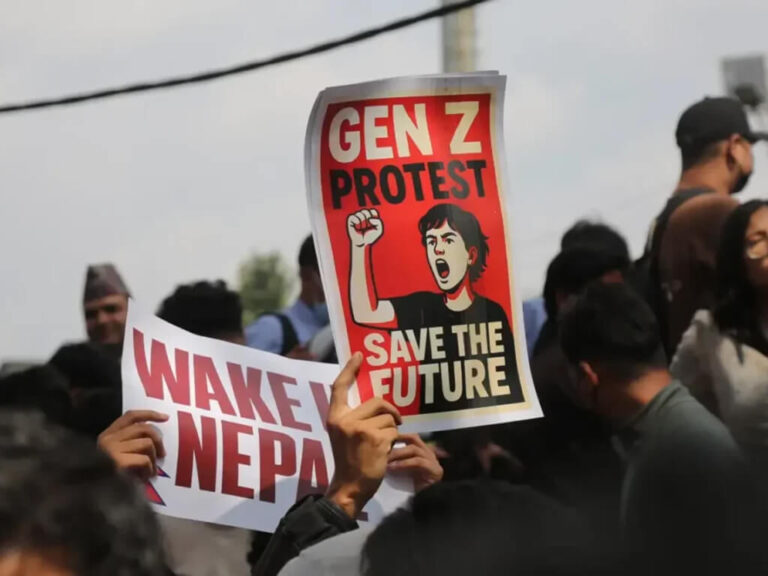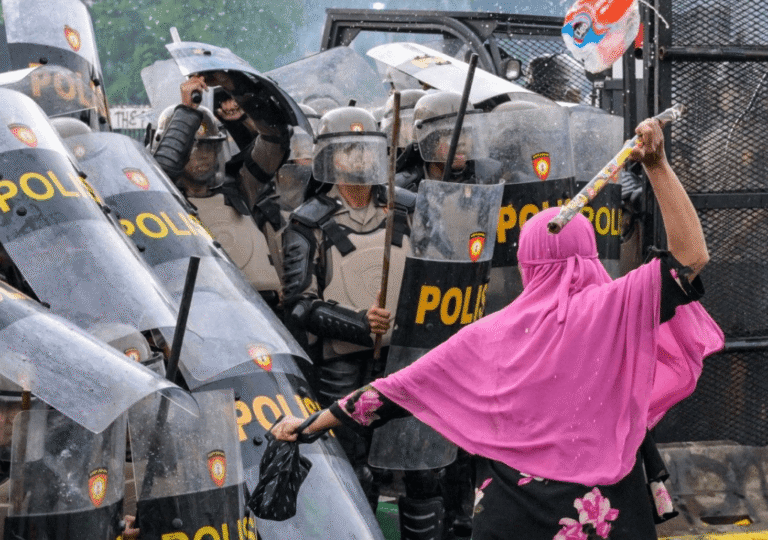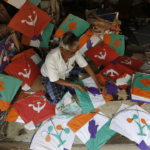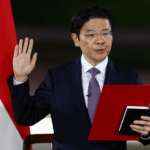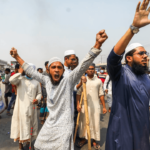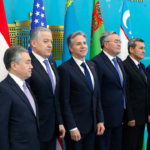It was a brutal attack. In the town of Pahalgam, in Indian Kashmir, Islamist militants opened fire on a group of tourists, killing 26 men—many of them civilians visiting from other parts of India—apparently because they were not Muslim.
The massacre has reignited tensions between India and Pakistan, long-time adversaries whose rivalry dates back to the partition of British India in 1947. The violence in Kashmir, a region both countries claim, has once again drawn global concern, particularly given the nuclear capabilities and dense populations of both nations.
Signs of escalation have already begun to surface. Cross-border firing has resumed, and both India and Pakistan have traded sharp accusations. In response to the attacks, New Delhi and Islamabad have initiated diplomatic reprisals, including the cancellation of visas, the suspension of bilateral agreements, and formal statements of condemnation. Military drills and a surge in nationalistic rhetoric have further heightened tensions.
Despite growing pressure from segments of the media urging a forceful response—often invoking comparisons to Israel’s approach in similar situations—there is still no clarity on whether the crisis will spiral into open conflict. For now, India appears to be responding with restraint, signaling a degree of strategic maturity aimed at avoiding a war that would bring only greater hardship to the state.
The pressure is real
The Hindu nationalist government, led by the hardline figure of Prime Minister Narendra Modi, is now under intense pressure from all sides. The Hindu factions that support him are calling for full-scale war—urging India to act like Israel and punish Pakistan. Meanwhile, the main opposition party, the Indian National Congress, is seizing the moment to criticize Modi, and the media is offering little sympathy.
More than reporting on the attacks themselves, many outlets seem to focus on how the attack was carried out in an explicitly Islamist manner—something that, disturbingly, has become a selling point in parts of India. The attack has also undermined Modi’s previous claims that scrapping Article 370 had made Kashmir safer and that India’s defense sector was now foolproof. In a way, Modi is now bearing the weight of his own narrative.
There is little doubt in New Delhi that the attacks were carried out by Kashmiri Islamists, with support from across the border in Pakistan. India has long presented evidence that Pakistan-occupied Kashmir has become a breeding ground for Islamist terrorism. In response, India initiated immediate retaliatory steps. Most notably, it suspended the long-standing Indus Waters Treaty with Pakistan—a move not taken even during previous wars.
Another front has emerged in the battle over narrative. Indian intelligence asserts that the Pahalgam attack was unmistakably an act of terrorism, contradicting earlier reports from international media outlets—including the BBC and The New York Times—that failed to establish a clear terrorist link. Even former U.S. President Donald Trump criticized the ambiguity. In response, the Modi government has intensified efforts to label the attackers as terrorists and to highlight Pakistan’s alleged role.
The Indian Ministry of External Affairs recently wrote to major international media organizations—including the BBC, Associated Press, and Reuters—objecting to their use of the term “Militants” instead of “Terrorists” in coverage. Additionally, the government has blocked 16 Pakistani YouTube channels and restricted access to social media pages of prominent Pakistani news outlets like Dawn News, ARY News, and Geo News across India.
Still, critics of Modi and the media demand swift action. They are calling for war, and every movement from India’s military or strategic command is being watched closely, even celebrated. At the same time, opposition leaders and Islamist voices are using these moments to further criticize the government—adding more pressure to an already volatile situation.
Pakistan sees an opportunity
The tension is becoming an advantage for Pakistan. A country that is deeply divided politically, economically, and demographically has always found unity when it comes to India. Despite internal divisions, most Pakistanis share a collective animosity toward India. While the government may not have full control over its military or the terrorists operating within its borders, politicians are skillfully using the current situation to stir anti-India sentiment. Anyone who opposes the government, including Balochs and Pathans, is branded a traitor.
Amid escalating tensions, Pakistan has repositioned air defense systems and deployed troops closer to the Line of Control—the border dividing India- and Pakistan-administered Kashmir—as well as to Sialkot in the country’s east. Pakistani media coverage has zeroed in on these military maneuvers, official government statements, and the humanitarian toll of the latest flashpoint in the long-standing Kashmir conflict.
Additionally, there is growing concern over the Indus River Treaty’s implications for Pakistan. If India diverts water from the rivers, Pakistan’s agrarian economy would suffer immensely. The only fertile land in Pakistan depends on the Indus river and its tributaries, and a lack of water would lead to major troubles. Pakistani media is portraying the Indian government as inhumane, fueling the longstanding Islamic rivalry with India. it’s clear that the rising tensions are consolidating Pakistan’s position as a state.
What happens next?
While the media in both countries, as well as international outlets, are speculating that war is imminent, in reality, it appears that India will refrain from full-scale conflict. The chances of India engaging in an all-out war seem low. Although some reports suggest that Prime Minister Modi has given the military authorization to strike at the right time and with appropriate measures, it is more likely that India will resort to surgical strikes or targeted attacks on terrorist breeding grounds in Pakistan-occupied Kashmir.
The logic is straightforward: India has much to lose, while Pakistan does not. Modi’s biggest ambition is to make India a $5 trillion economy and a global superpower. If war breaks out, even feeding 1.5 billion people could become a serious challenge. Therefore, India seems to be planning a strategy focused on targeted strikes and economic pressure. Actions like freezing the Indus Water Treaty and imposing economic restrictions are signs of this approach.
Pakistan’s economy is already in crisis and may not withstand further pressure. India is betting that continued stress could lead to Pakistan’s internal collapse and possible fragmentation, which could serve India’s interests more effectively than a conventional war or nuclear escalation.
This scenario may be India’s most favorable outcome, while Pakistan appears to be pushing for escalation, possibly to rally its population behind the government and military and to blame India for its failures. Pakistan will likely continue to provoke, while India will respond with calculated restraint.

